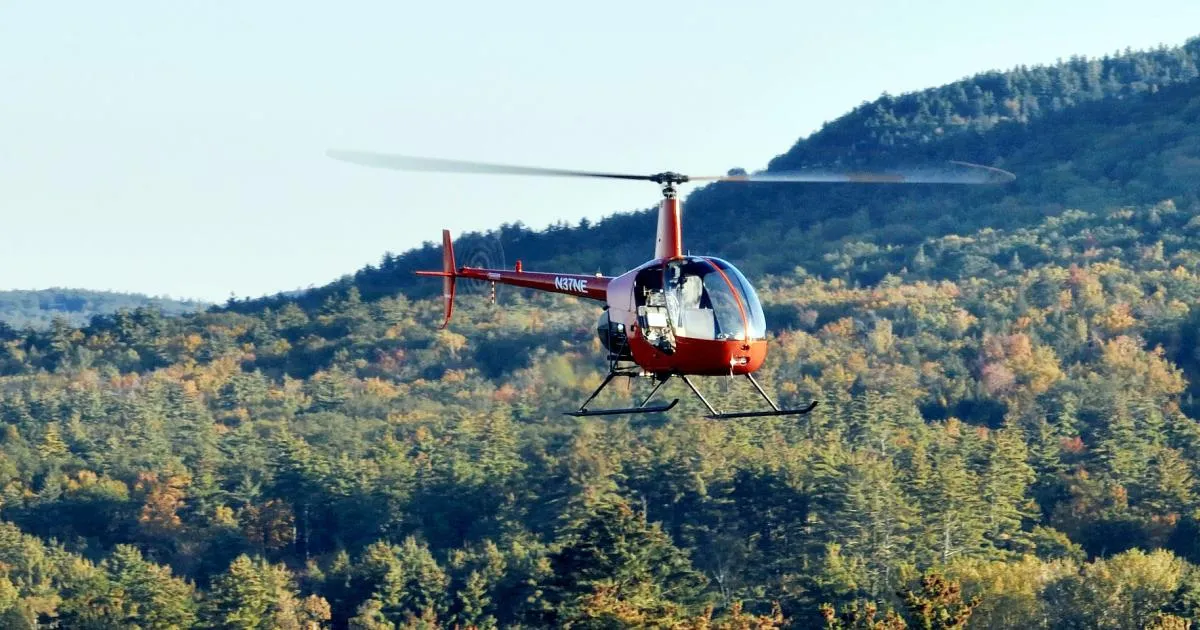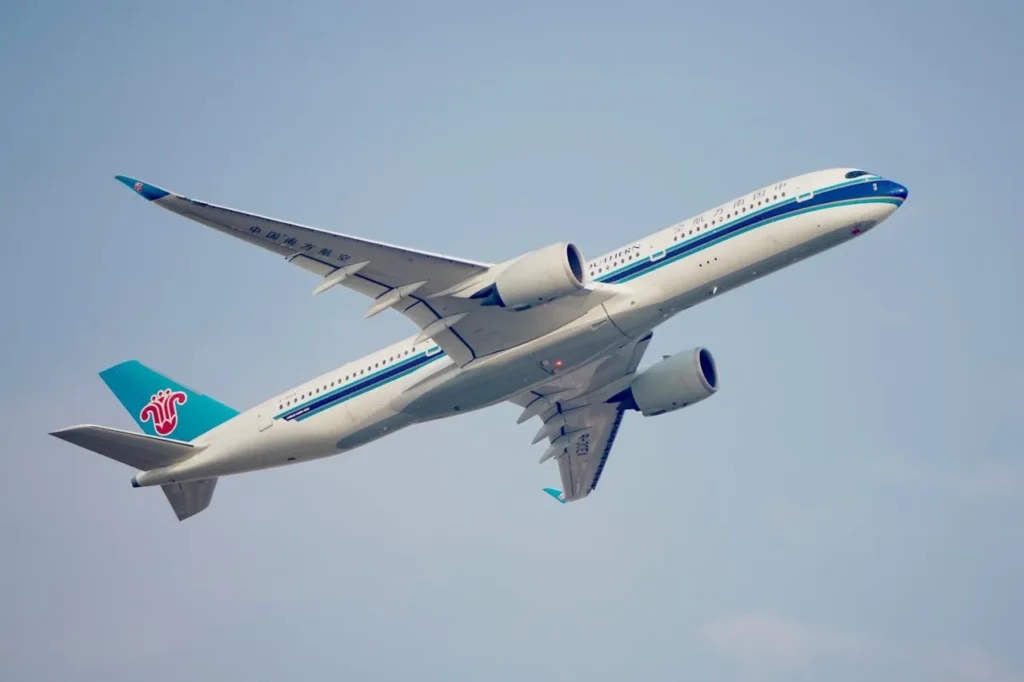
Wisk and NASA Launch Five-Year Collaboration to Drive Advancements in Autonomous Flight
Wisk Aero, a pioneer in Advanced Air Mobility (AAM) and the developer of the first all-electric, self-flying air taxi in the United States, has announced a significant milestone in its journey toward revolutionizing air travel. The company has entered into a new five-year Non-Reimbursable Space Act Agreement (NRSAA) with NASA. This agreement is designed to support advanced research focused on the safe and effective integration of autonomous aircraft into the National Airspace System (NAS), specifically under Instrument Flight Rules (IFR).
This long-term collaboration will be conducted under the umbrella of NASA’s Air Traffic Management Exploration (ATM-X) project, which focuses on exploring technologies and concepts critical to the future of aviation. By teaming up with Wisk, NASA aims to accelerate innovation in the emerging field of autonomous electric vertical takeoff and landing (eVTOL) aircraft, with the broader goal of enabling Urban Air Mobility (UAM) across the United States.
Building on Past Collaboration
Wisk and NASA are not strangers to partnership. The two organizations first began working together in 2020 under an initial Space Act Agreement that laid the groundwork for critical research in unmanned aircraft systems. That collaboration produced guidance for the safe integration of autonomous systems into urban airspace—an essential step toward unlocking the full potential of next-generation air mobility.
The new five-year agreement significantly expands the scope and depth of that research. While the original focus was largely on general integration strategies and systems analysis, the updated partnership will dive deeper into live testing, simulation, and high-fidelity modeling to explore how autonomous aircraft can operate safely and reliably within complex airspace environments.
Advancing Simulation and Live Virtual Constructive (LVC) Testing
At the heart of this extended collaboration is the use of advanced simulation environments, including NASA’s Live Virtual Constructive (LVC) testbed. This system integrates live aircraft, virtual air traffic controllers, and simulated flight operations into a cohesive environment that mirrors real-world conditions.
By leveraging LVC, Wisk and NASA researchers can safely evaluate how autonomous eVTOL aircraft—like Wisk’s sixth-generation self-flying air taxi—would respond to a variety of scenarios, ranging from routine operations to emergency situations. These simulations allow for in-depth testing of:
- Airspace and Route Design: Developing optimized flight corridors specifically tailored for highly automated UAM operations. This involves identifying safe, efficient pathways in congested airspace to support large-scale deployment of autonomous aircraft in urban areas.
- Safety System Requirements: Defining both onboard and ground-based systems necessary to ensure reliable autonomous flight. This includes fail-safe mechanisms, collision avoidance technologies, and robust vehicle-to-infrastructure communications.
- Air Traffic Control Integration: Establishing new ATC communications protocols and procedures that support seamless interaction between manned and unmanned aircraft. The objective is to ensure that autonomous aircraft can operate alongside commercial and general aviation traffic without disrupting current airspace operations.
“These simulation environments are key to bridging the gap between concept and reality,” said Erick Corona, Director of Airspace Operational Integration at Wisk. “With NASA’s simulation and LVC capabilities, we can accelerate the development of our Gen 6 autonomous systems and ensure they’re fully prepared to integrate into the U.S. National Airspace System before the end of the decade.”
Shaping the Future of Airspace

The growing interest in Advanced Air Mobility has made it clear that airspace management will be one of the most complex challenges to address. With hundreds—if not thousands—of autonomous aircraft expected to operate in and out of cities, new systems must be developed to handle the scale and complexity of this evolving traffic landscape.
This partnership with NASA is expected to provide essential data and insights that will inform the development of policies, regulations, and technical standards for the industry. By modeling a wide variety of operational scenarios, including different weather conditions, levels of air traffic congestion, and flight rules, Wisk and NASA will be able to propose realistic, scalable solutions for the safe introduction of autonomous passenger flight.
The research will also include the development of procedures for emergency landings, system redundancies, and coordination with ground services—all vital components of a fully autonomous flight ecosystem.
Workshop at the Mike Monroney Aeronautical Center
The first steps under the new agreement have already been initiated. In April, Wisk and NASA held a joint workshop at the Mike Monroney Aeronautical Center in Oklahoma City. This center, which plays a key role in the FAA’s air traffic management training and research, served as an ideal venue for in-depth technical discussions on how autonomous aircraft could operate under IFR.
During the workshop, experts from both teams explored how advanced automation, artificial intelligence, and real-time decision-making can be harmonized with traditional flight operations. Topics included airspace design, certification pathways, and the use of automation to enhance—not replace—human oversight in aviation.
The workshop also highlighted the importance of a hybrid approach to UAM operations. While aircraft like Wisk’s air taxi are designed to operate autonomously, the integration with existing air traffic management systems will require a cooperative interface that allows for human intervention when needed.
Driving U.S. Leadership in Autonomous Aviation
As the global race to commercialize autonomous air mobility intensifies, this collaboration underscores the U.S. government’s commitment to maintaining leadership in next-generation aviation technology. Through partnerships like this, the U.S. aims to foster an environment of innovation that ensures safe, efficient, and equitable access to future air transportation systems.
“Collaborating with NASA provides us with the scientific rigor, engineering expertise, and national platform needed to influence the future of autonomous aviation,” added Corona. “It also demonstrates a shared commitment to ensuring that this future is built on safety, sustainability, and inclusivity.”
Wisk’s sixth-generation aircraft is designed with a range of up to 90 miles (144 kilometers) and cruise speeds of approximately 120 knots, making it ideal for short regional trips and urban commutes. The aircraft features a proprietary autonomous system that leverages redundant systems, advanced flight planning algorithms, and real-time data processing to ensure safe operation.
With commercial service targeted for later this decade, Wisk is positioning itself at the forefront of a transformative era in aviation—one that brings faster, cleaner, and more accessible travel options to people across the country and, eventually, around the world.
Over the next five years, the research conducted under this agreement is expected to play a foundational role in shaping the infrastructure, standards, and policies necessary for the widespread adoption of autonomous air taxis. From informing FAA rulemaking to guiding future certification efforts, the insights gained from this collaboration will impact not just Wisk’s trajectory, but the evolution of the entire AAM industry.
As the partnership progresses, Wisk and NASA will publish joint findings, conduct flight demonstrations, and engage with stakeholders across the aviation ecosystem—including regulators, air traffic controllers, manufacturers, and community representatives—to ensure the responsible rollout of autonomous flight technologies.
In a rapidly advancing aerospace landscape, the Wisk-NASA partnership exemplifies how public-private collaboration can drive innovation while maintaining the highest standards of safety and reliability. Through rigorous research and transparent stakeholder engagement, the two organizations are helping to build the future of flight—one that is autonomous, sustainable, and ready for the skies.

